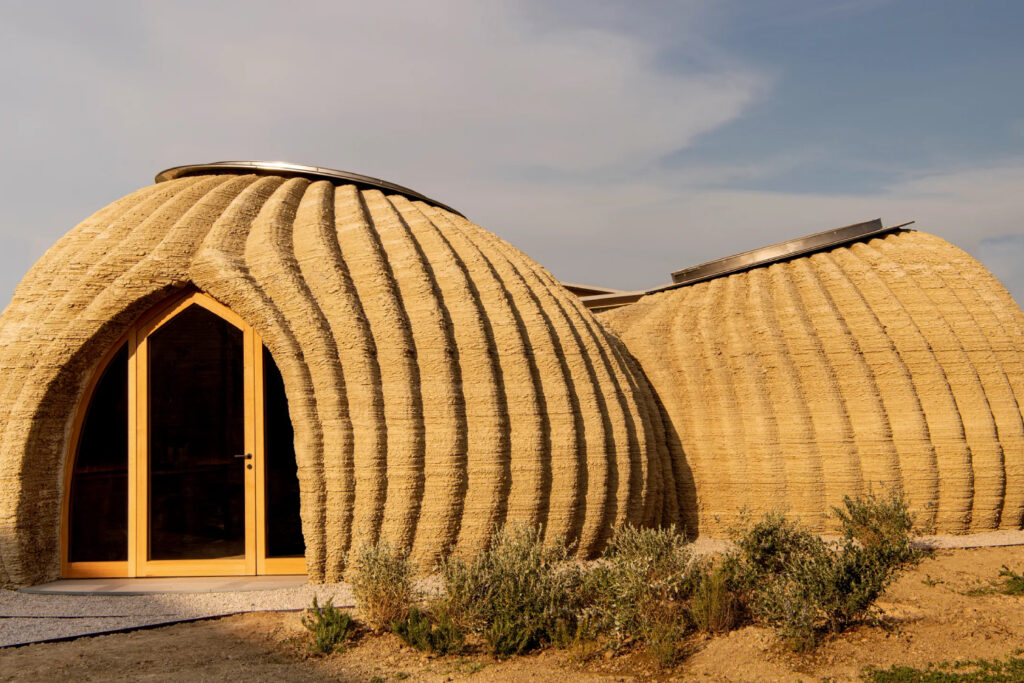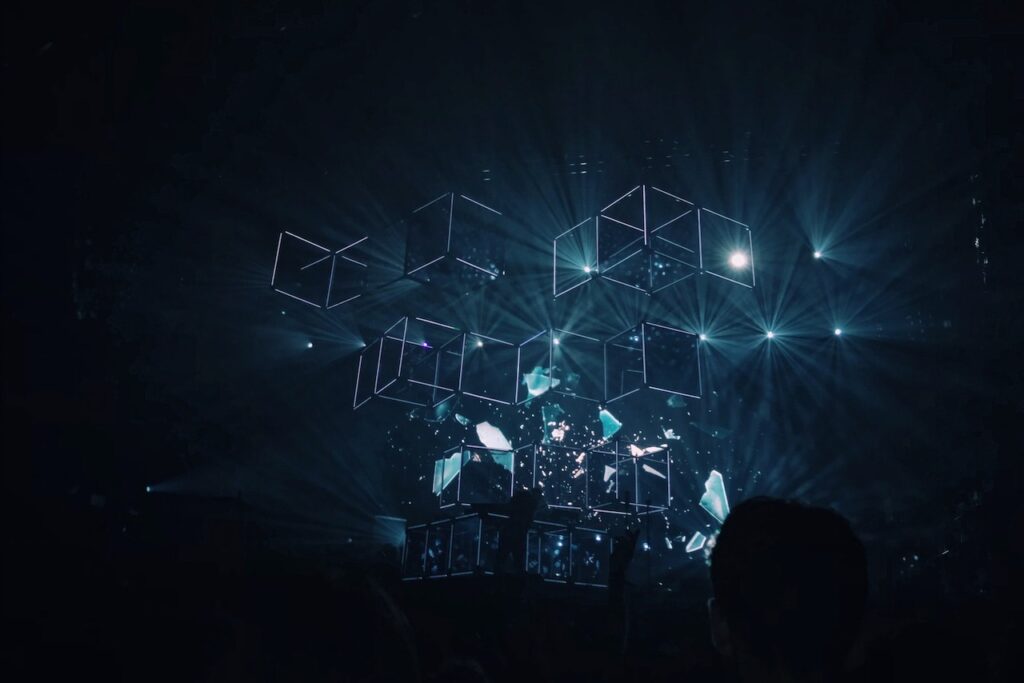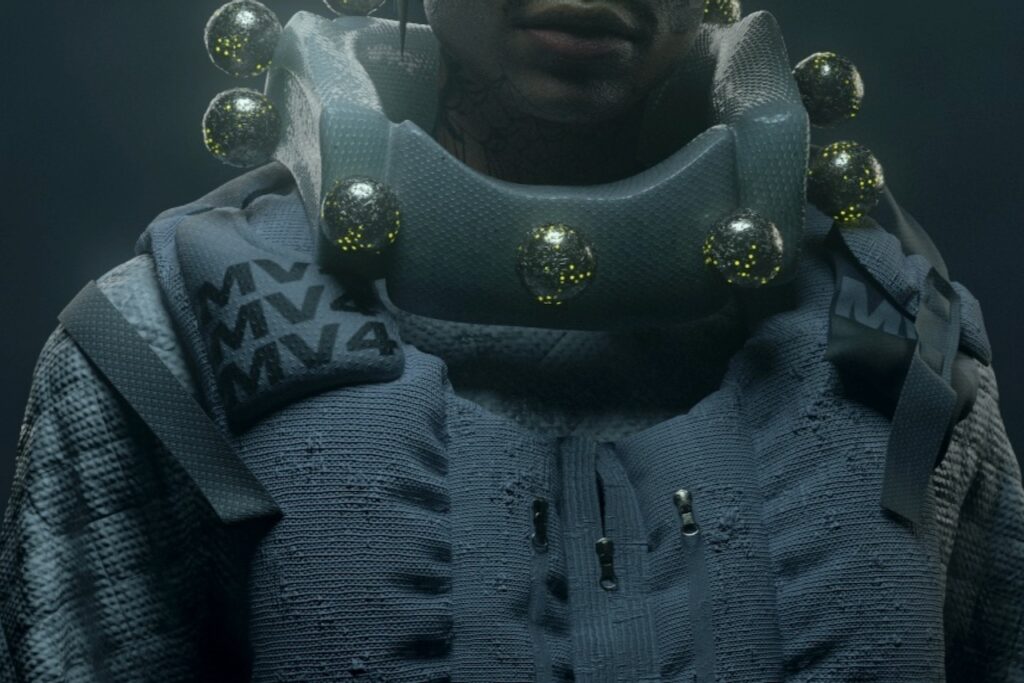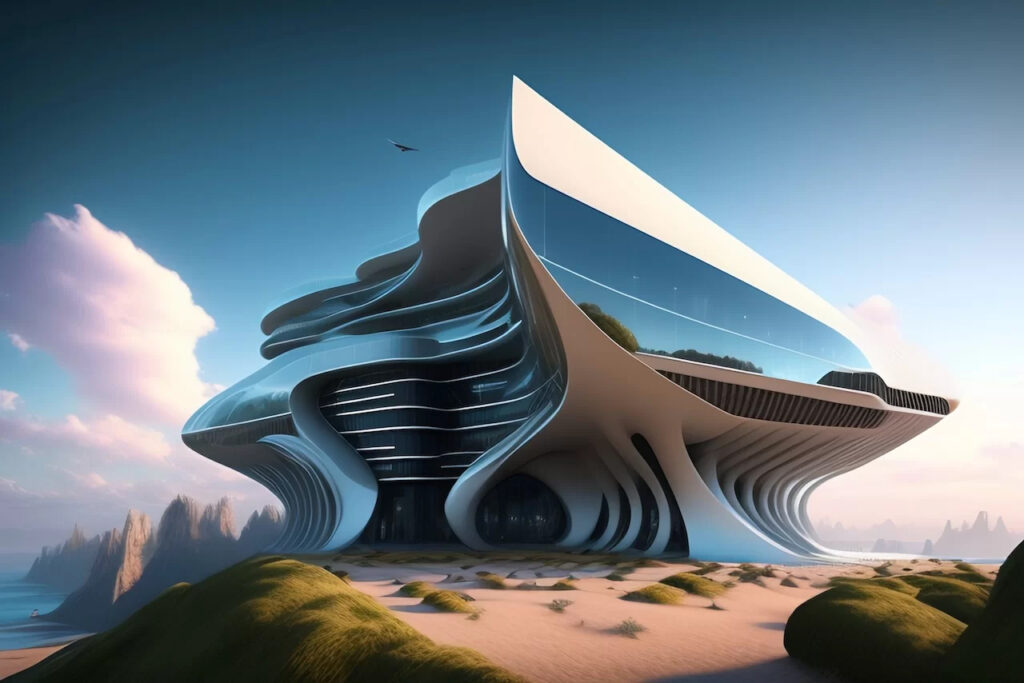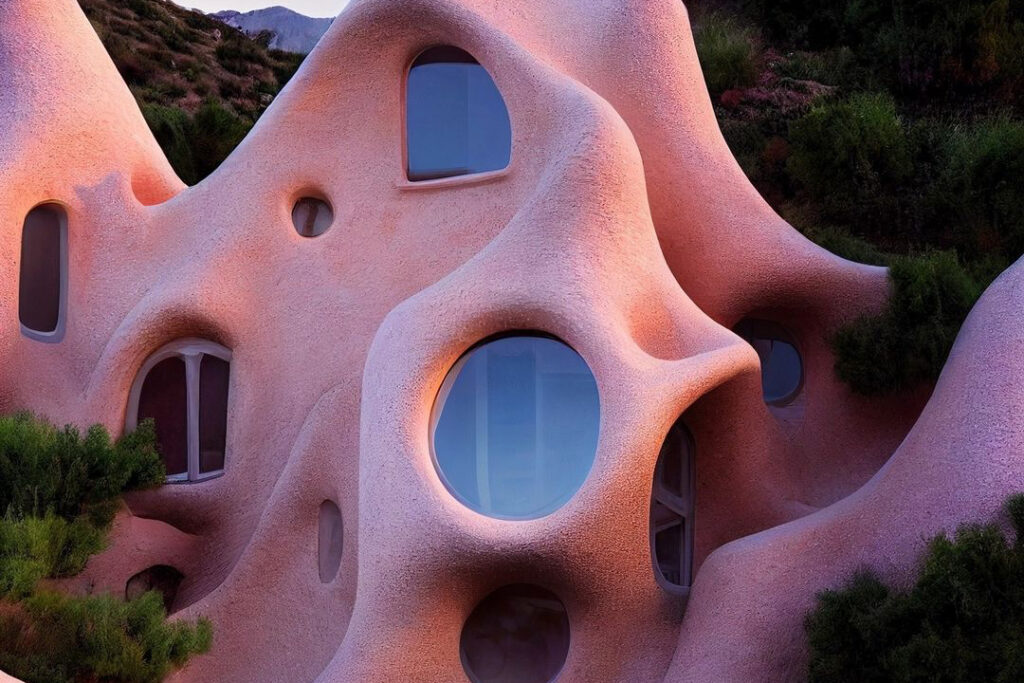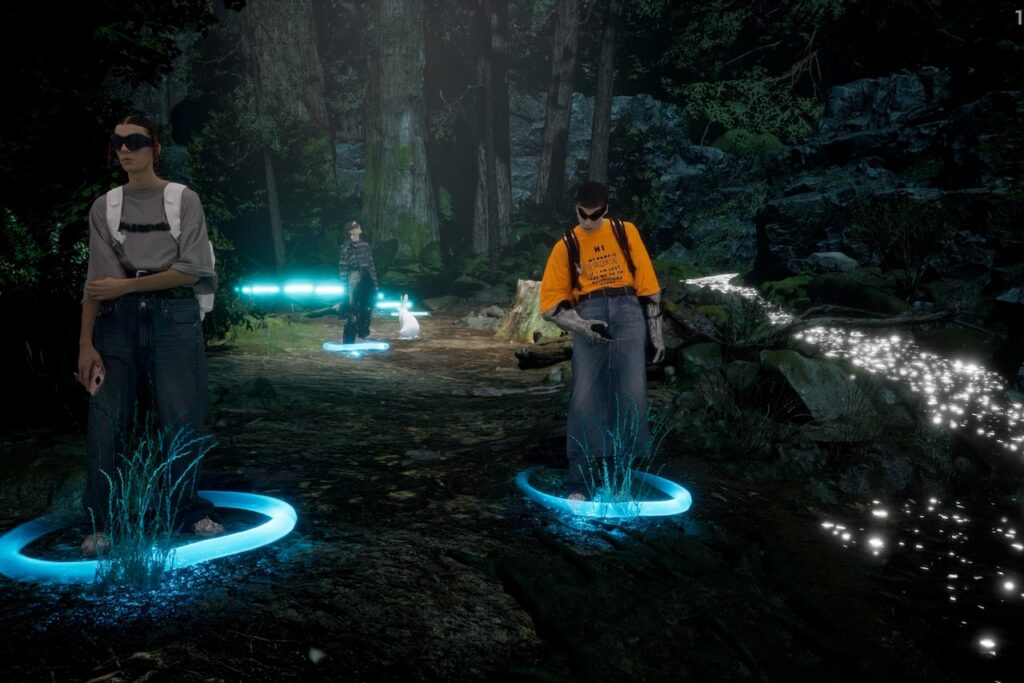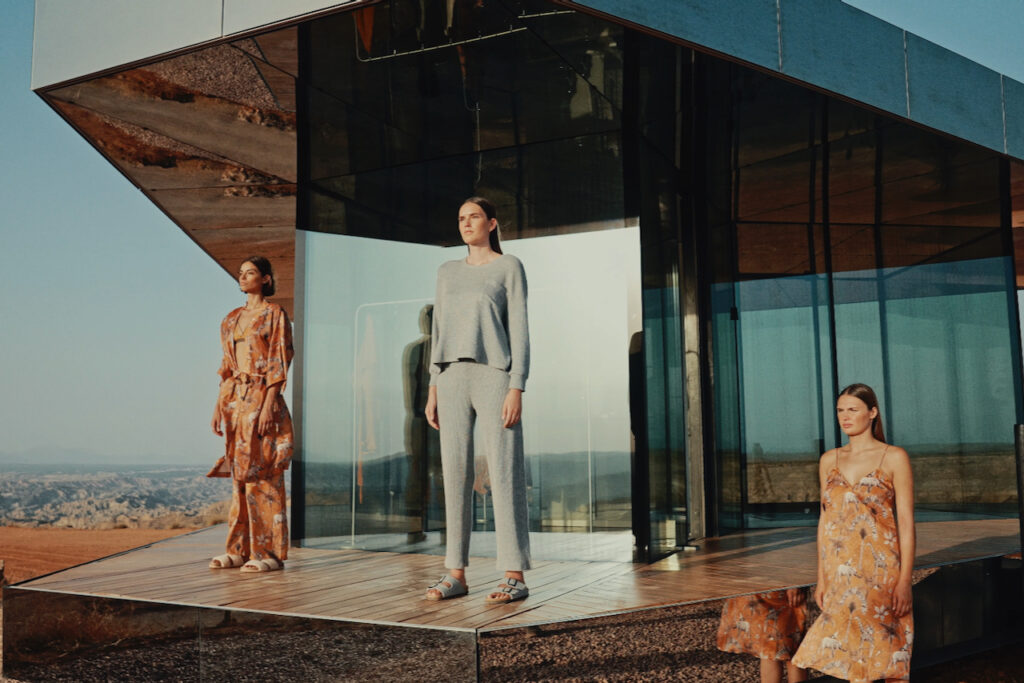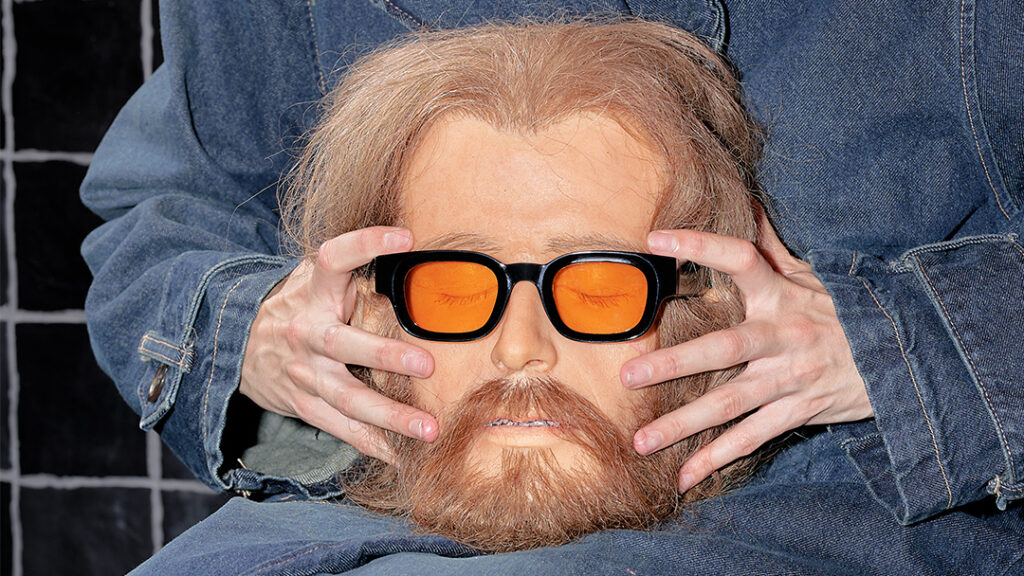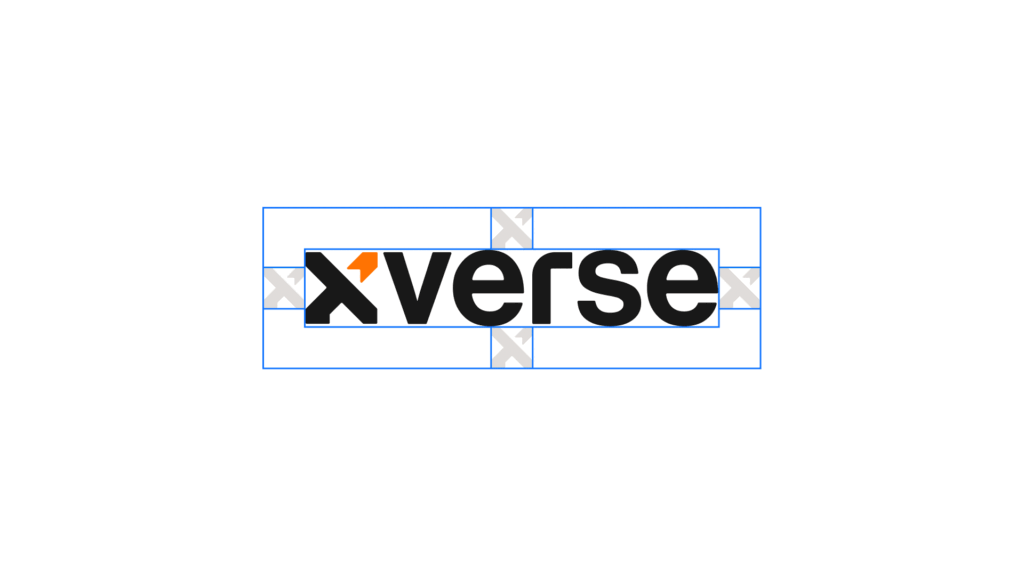Art has probably existed for as long as we have. We don’t even mean homo sapiens, we could probably go further than that if we wanted to. Because what is art if not making something out of something else? One could argue that art must have a purpose or a meaning, a function of sorts. But truth is, art is subjective.
Someone put a feather on a stick thousands of years ago and balanced it on a rock? Great, that was art! Still, as we evolve as a species new forms of art come to light, traditionalists negate them and vanguardists champion them. New waves of expression bring about new forms of creation. Their novelty initially invalidates them, yet their subsequent survival a relevance throughout history proves their legitimacy.
Before art was, for the most part, limited to the world we inhabited physically. Our art was limited in the sense that it could only ever be the result of things that we could manipulate with our hands so to speak. Or like, bodies or brain you know what we mean. Technology today has blown wide open the doors of what is possible, however, and shifted the process of what making art even looks like. A new age art has given rise to a new generation of artists. We’re talking of course of 3D art.
Still, is 3D art the art of the future, or the future of art? A question that has plagued our minds for quite some time now. At first glance, sure 3D creations can look cool but are they really worth the hype? Is it really all that different from traditional art besides the fact that the end product is on a screen? What better way to answer these questions, that to talk to some of the creatives thriving in the scene right now.
Welcome, to TNC Talks Vol.4: 3D Design, The Future Of Art?
Blue Hamel
Creative Director at Offline Studios
Art Director, Stylist, Photographer
The advantage of 3D art is that there are no limits. No boundaries and it really represents the work I like to do which is creating worlds and environments around each one of my work. Also, I love the access to collaboration via 3D art having it be so seamless and collaborative. Especially when making fashion-oriented 3D art as there are so many different components involved while creating.
One disadvantage would definitely be that technology insists on perfection and has its ups and downs. Meaning they can conq out, run out of battery/ memory/ ram, crash etc but with traditional art, the raw materials won’t fault you like.
Nowadays, the rise of 3D art especially with the industry adopting NFTS into our lives has truly given 3D artists a true platform to become the artists they have always wanted to be.
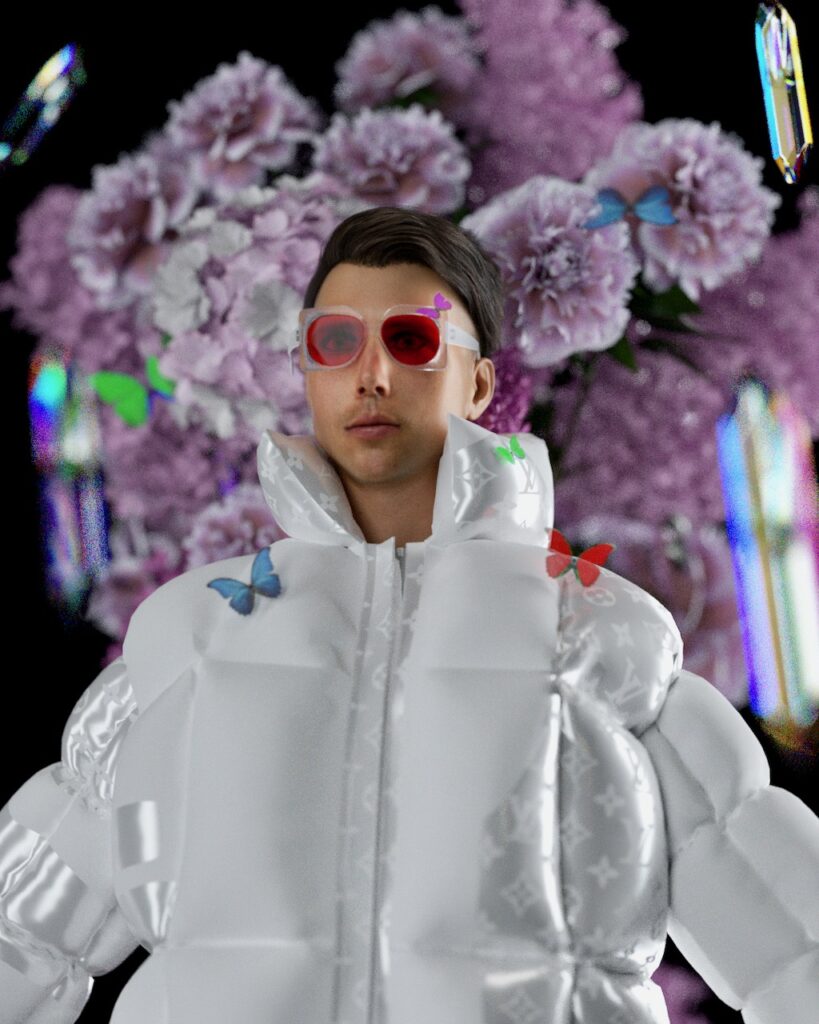
The impact I hope to have with these pieces is to take the viewer on a journey into a different landscape and overall environment. Using 3D animation it is now possible to do this for an audience no matter where they are in the world.
In 2022, having a permanent content creator onboard should be one of the core roles which all serious businesses acknowledge as necessary in order to remain competitive as we transition from brick and mortar Web 2 to a more digital Web 3 e-commerce landscape. This puts all businesses which I work for at an advantage because I can creatively produce and direct the contents.
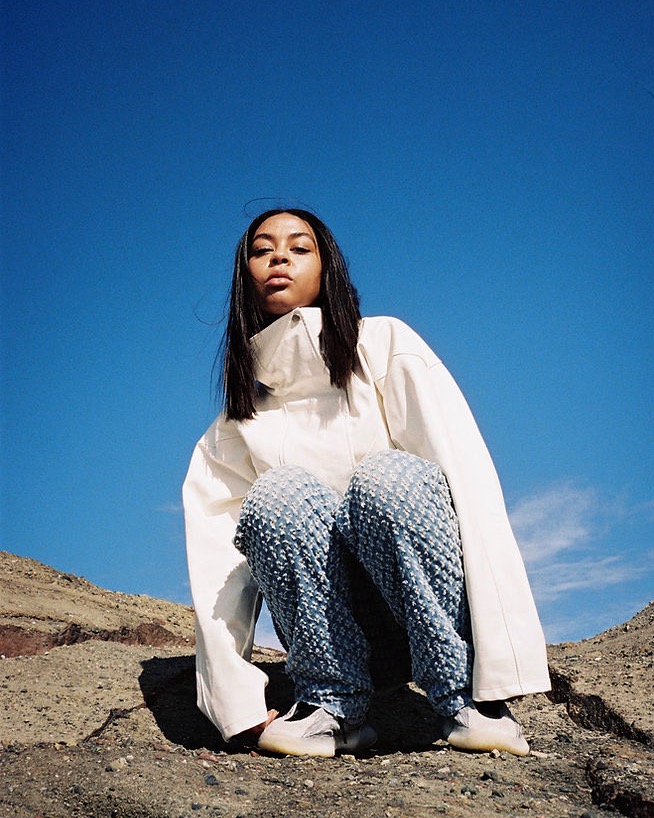
Serwah Attafuah
Multidisciplinary Artist
The learning process is constant. 3D technology moves so fast you constantly have to keep up and try new things.
I would describe my process as quite fast, almost on auto-pilot. I don’t like to think too much when creating, sometimes the voices in your head can get you into a perfectionist loop!
It’s such a niche art form that it can either help you really stand out from the crowd or pose as a difficulty when you need help with a technical issue. There weren’t always so many resources about 3D art as there are now but that’s helped me grow and learn on my own and to create new methods.
I hope to create works that inspire people to imagine their own surreal worlds. My art is also a tool for emotional healing so I hope it continues to be a vehicle for internal change.
Lisa Odette
3D Artist
One of the biggest advantages of creating 3D / digital art over traditional art is that I can bring my pieces to life. I like to create animated loops of my compositions, a thing that I’m incorporating into most of my recent works. I used to work as a motion graphic designer, so the knowledge comes in handy.
I would say that abstracting the shapes is a must in my process. That and adding the tiniest details to a simplified yet well-thought composition makes the piece feel complete. I also like to use a quite restricted colour palette, this way I feel I give more coherence to my art even though I like to explore different styles and mediums.
The value of 3D art can be positively impacted by translating it into the physical world, especially with 3D printing. It opens new routes and possibilities that, for example, a 3D sculptor wouldn’t even imagine a few years ago. It gives an extra value to a piece if you can have a physical version for an exhibition and it has also improved the game for decorative art, a field I’m willing to explore in the near future.
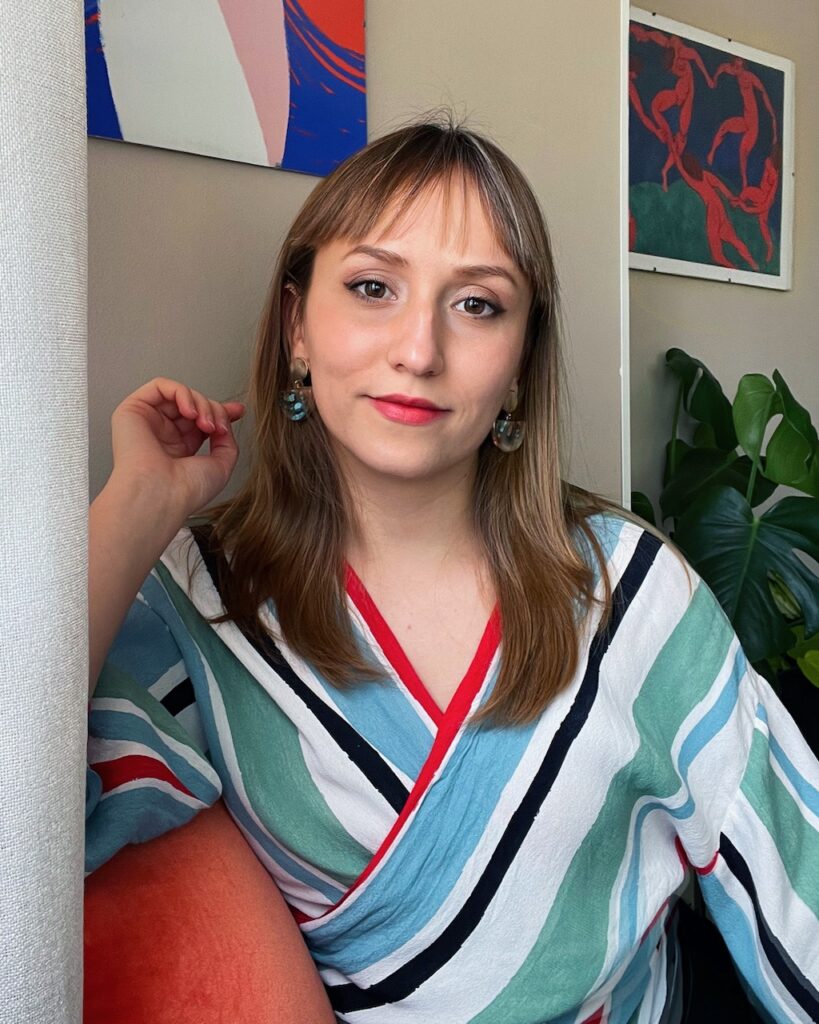
I want to create something beautiful in every piece, as simple as that. I enjoy the art that creates a warm feeling inside me when I observe it, and I want to transmit the same satisfaction of observing something beautiful.
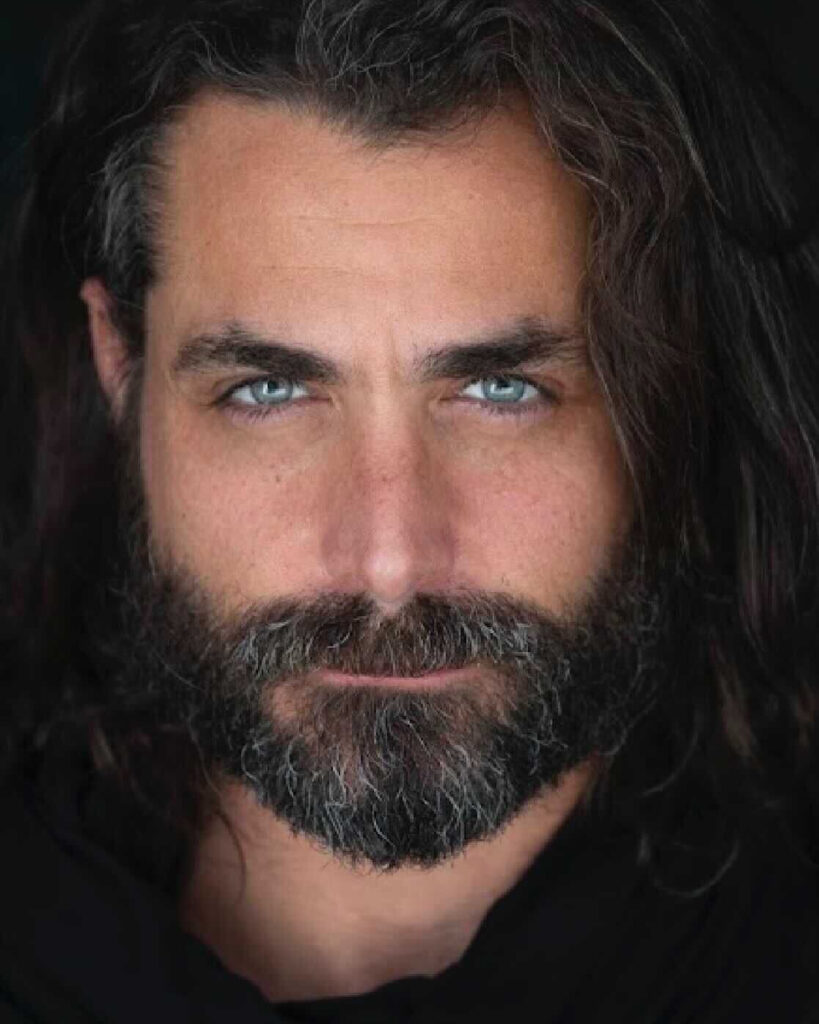
Matteo Santoro
Artist, World builder
The value of any art is in the eye of the beholder. But 3D turned into a real-world/physical object is an amazing thing. Something straight out of Star Trek. Is it more valuable? Well, that’s debatable. Does the non-physical 3D image inspire you? Does it have a utility behind it outside of just the work etc. (all ideas explored in the NFT space)? Maybe I’m an optimist, but I think there’s a version of Web 3 someday that will blur the lines between the physical world we live in and the 3D world. Some kind of technological Harmony. Just don’t forget to unplug everyone once in a while. Smell the roses. Real roses… Not 3D printed ones.
I hope to inspire first and foremost. That is the obligation of the artist. To open the mind of younger artists. To show them that this thing is possible. Pass on ideas and lessons learned so that they can do the same. It’s us creatives vs the world and I’m 100% team creative. The beautiful thing about web3 is that people who didn’t think they were artists are now digging deep into it themselves. Pulling out creativity that wasn’t there before. I’m inspired by this movement and hope to see more of it.
Creatives have an opportunity to be more involved in the way stuff is run around here. And by ‘here’ I mean the world.
Also… I’m doing a lot of humanitarian projects. I was really inspired to do something after I saw what was happening in Ukraine and created an NFT series called SUNFLOWER KID. I was able to raise more money than I could have in the past in a fraction of the time and I gave 100% of the proceeds to a medical foundation that was on the ground.
It’s a creator economy and creatives have always been looked at as just the “entertainment” We are more than that people…
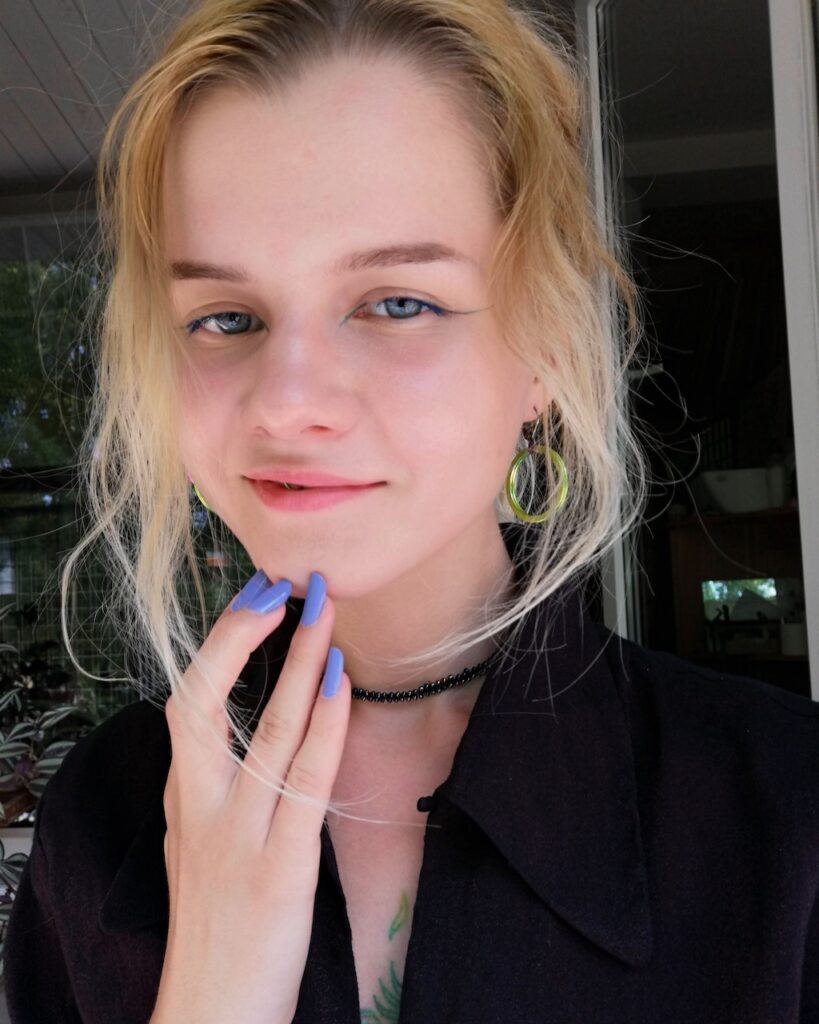
Lelija Populaigytė
Digital Artist, CGI
Creating in this field is by far the most interesting, it is limitless. All other art forms would be too tiring or less involving in comparison.
For me, there is an ongoing process of getting inspired by other artists, nightdreams, and everyday objects daily. And there’s an infinite amount of fragments of visuals in my mind I want to bring to reality.
The hardest thing for me is dealing with clients/collaborators from other fields that cannot imagine how complex 3D work is and are changing their minds about what they want to see when almost every aspect of it is manually made, and work that can take many days can go to waste. Also, without knowing how difficult or time-consuming it is they undervalue it by not paying enough. People know how the painting process looks, they are there while getting a tattoo, but it’s different with this kind of work.
The advantage of digital art, especially digital 3d scenes that can be infinitely wide and contain an endless quantity of things is that they don’t take up physical space. Seeing parents and grandparents have full apartments of stuff hoarded through life is definitely worrying and making me panic inside, as well as the horror of overproduction trashing the planet.
I aim and hope to give pleasure through visuals, and offer a hypnotically aesthetic, therapeutic experience, a short escape to surrealism.
Aylin Değirmen
Architect & 3D Designer at The Next Cartel
I think the value of a 3D art piece is related firstly to the idea and secondly, to how many people were exposed to and impacted by this idea. We are currently at a time dominated by visuals on screens, and their lifespan is very short. Still, depending on the strength of the artwork, it can be very impactful.
Among the advantages of 3D art is its lack of being conditioned by physics, so the possibilities of creativity are limitless, you have to let your inner creativity fly higher. Challenges include its dependency on software and hardware and the hours spent in front of a computer, which makes it hard to feel the real impact on the physical world.
As an environmental 3D designer/real architect, I would like to compliment many other artists’ work in the digital world. For digital architecture, it’s easier to evolve around the art, nurture creativity together, and reach more people.
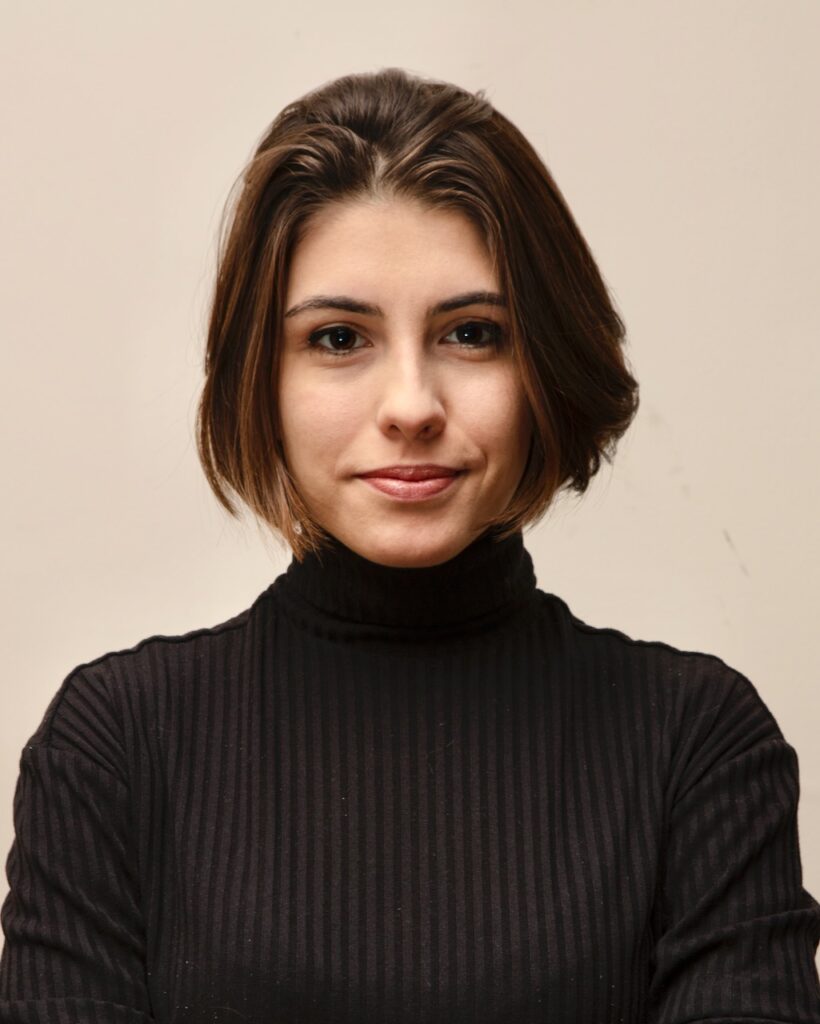
As an environmental 3D designer/real architect, I would like to compliment many other artists’ work in the digital world. For digital architecture, it’s easier to evolve around the art, nurture creativity together, and reach more people.

